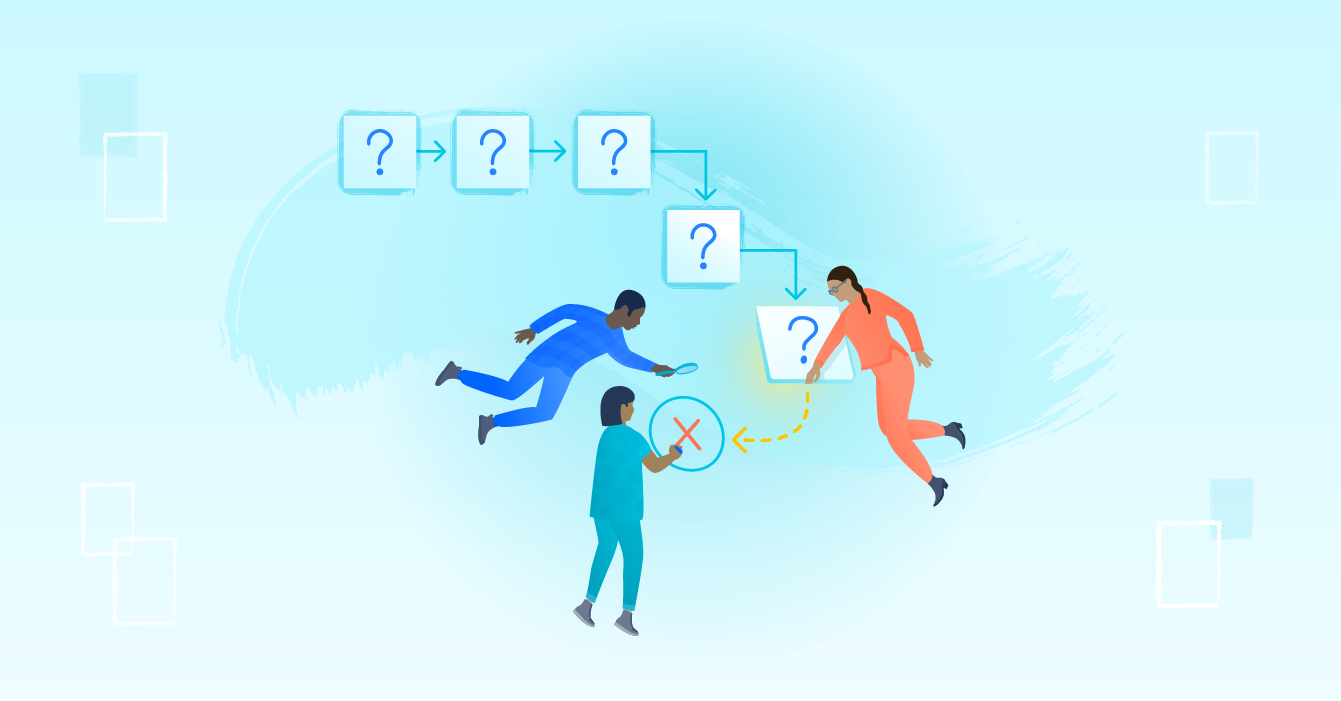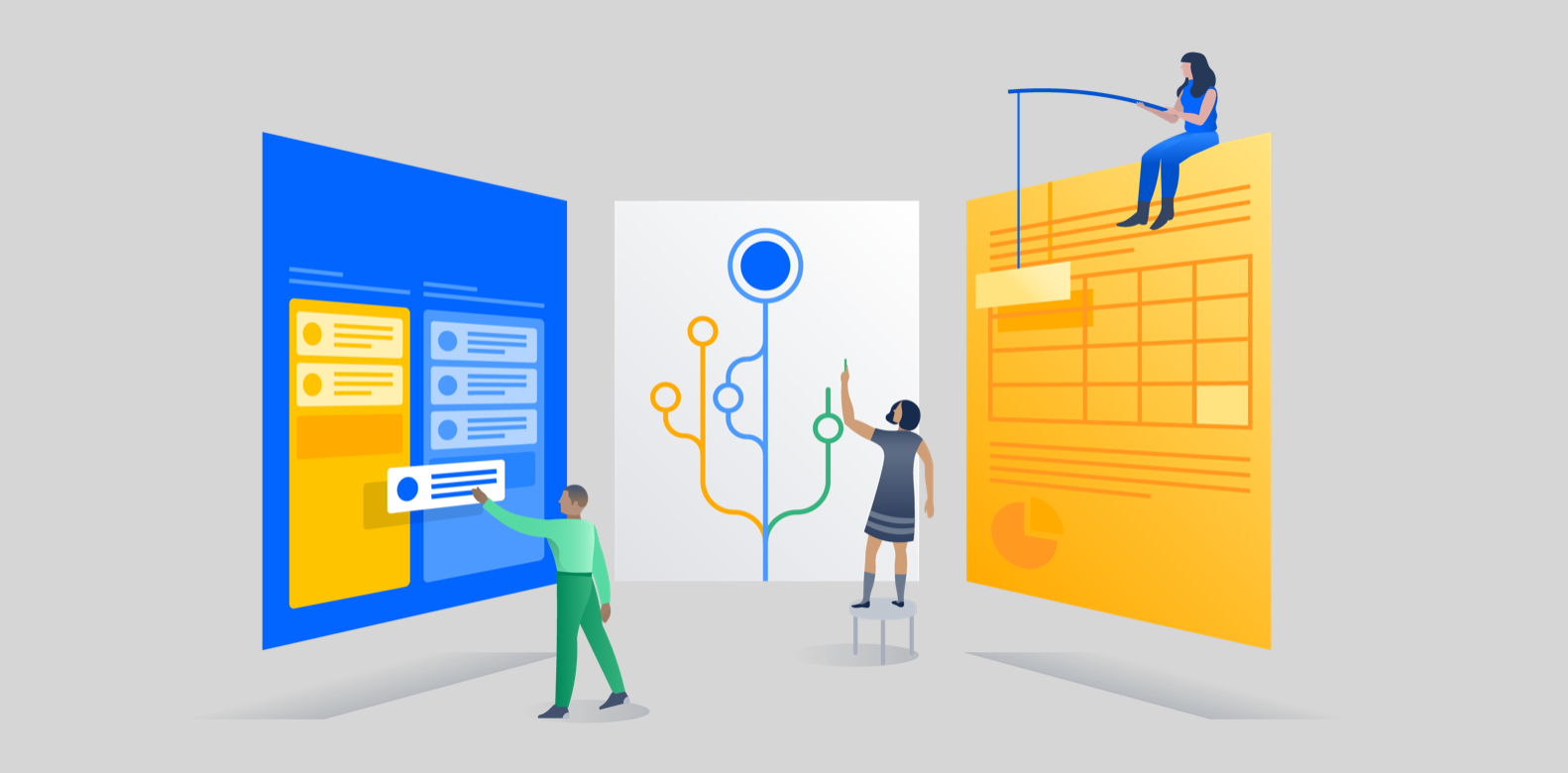Webinars
Check out some of our upcoming webinars, as well as some of our most popular webinars!
Check out some of our upcoming webinars, as well as some of our most popular webinars!
Check out some of our upcoming webinars, as well as some of our most popular webinars!


